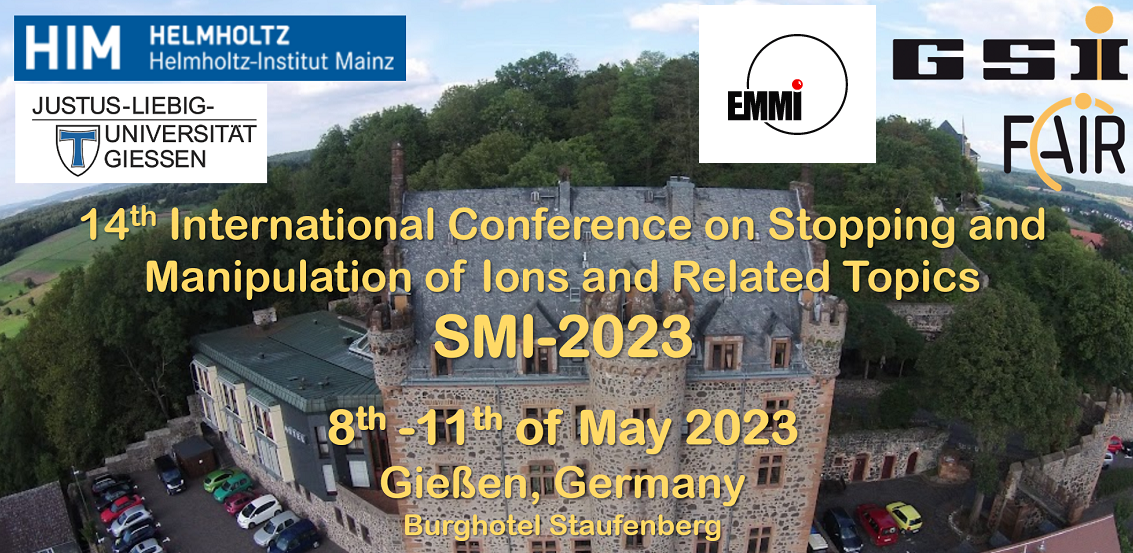Sprecher
Beschreibung
The IGISOL facility has been actively involved in nuclear physics research for over three decades [1]. The facility utilizes beams from a K-130 cyclotron to produce low-energy ion beams for nuclear ground-state studies. The main fields of research are precision Penning-trap -based mass measurements and trap-assisted decay spectroscopy, collinear laser spectroscopy, and development of in-source laser spectroscopic methods and instruments.
The advances in Penning trap techniques, combined with efficient inductively heated hot cavity catcher laser ion source (HCLIS), have enabled ultra-sensitive Phase-Imaging Ion-Cyclotron-Resonance (PI-ICR) assisted in-source RIS [2]the N=Z in the immediate region below 100Sn. This novel combination of techniques was used to cross the N=50 shell closure near 100Sn for the first time with the charge-radii measurement of 96Ag. Since then, the measurements have been extended to 95Ag, with the immediate goal being a direct mass measurement of 94Ag. The utilization of the setup for producing proton rich Pd, Cd, In and Sn is also being investigated.
In this talk we will discuss the development of the HCLIS, the recent results and the near future aims.
[1] J. Äystö et al., Three decades of research using IGISOL technique at the University of Jyväskylä.: Springer, 2014.
[2] M. Reponen et al., "Evidence of a sudden increase in the nuclear size of proton-rich silver-96," Nat. Comm., vol. 12, no. 4596, 2021.

